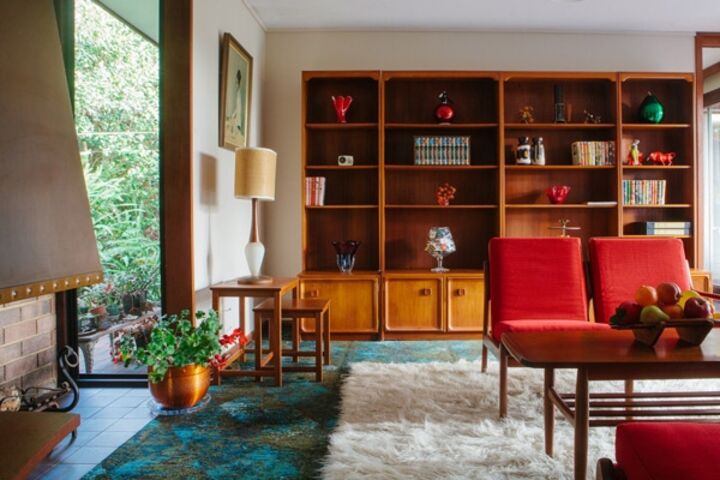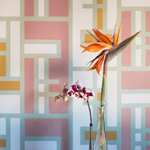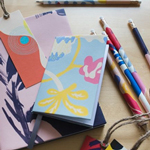
1960’s design for the home – clean outlines from UK
Psychedelic, idealistic, euphoric, transforming, hippies. These are probably the words that would best describe the 1960’s. Colorful, lively and a little bit exaggerated, these are what you can say about the design and fashion during that decade. Baby boomers during the 40’s are now adults and seems likely that the lack of inhibition are expressed through their choice of lifestyle.
The 1960’s is associated with Space Age and rebellion. One will also observe that the interior design at this time is completely different from the 50’s and from what we know today. The decade is known for being exorbitant as the style then was a mixture of different influences. Focus was more on the visual impact and not specific about the rules in aesthetics and interior design. Who cares about rules, as long as the design of the interior will be the focal point.
Historical perspective of the 1960’s interior design
The 1960 can be considered as a very eventful decade. There are many historic events that have happened during the decade that made an impact to the culture and tradition of many nations and its people. It is during the decade that peace and war are at its brink of either making or breaking a nation. This period is dominated by the various civil rights protests, Vietnam War, assassinations of two great men, John F. Kennedy and Martin Luther King, the Cuban Missile Crisis, the first man on the moon. The decade likewise is when the so called free love is seen in most instances. This decade is more on flower power and pop music. If the previous decades are more patriotic, that has been over powered as the United Kingdom became the center of all groovy things.
In the precious decades, the focus was more on modernism, in a way has rejected ab historical influences. 1960’s on the other hand has plundered the past for inspiration for the spirit of rebellion. As a result is a mix up of various ideas and designs. Some may describe the design then as ragbag of styles from everywhere including the Edwardian and Victorian designs.
Pop art and the op art are on the success during the decade. The pop art designs of artist such as Andy Warhol and David Hockney have dominated the interiors as well as murals and posters. Their designs are in reference to mass culture such as comic strips and images of icons like Marilyn Monroe. The op art on the other hand has made its way in most aspects of the interior design such as furniture, wall paper and others.
1960’s interior design ideas
Here are some ideas that will bring back the 1960s memories into your home:
1. Wind circulation – make the house as open as possible to allow the wind to circulate as well as to allow the entry of natural light. Sliding doors and movable screens are good to partition the rooms.
2. Furniture – since the material that’s common during the decade is plastic, use plastic or transparent blow-up furniture. Preferred design for furniture is futuristic and space age.
3. Bean bag – create a room where you can relax and converse with your friends and family members by placing a mattress on the floor, bean bags and a lot of cushions.
4. Fabrics – use fabric with huge repeating patterns or with the graphic images of pop art.
5. Lighting – lava lamps, neon fiber optic lamps which change its color or Moroccan inspired lamps are popular during the 60’s
6. wood – not so popular during the 60’s except for pine wood which is used as wall paneling ceiling beams.
7. Symbols – what’s best is to create your own design. With the use of a paintbrush, and glow in the dark paint, create your own psychedelic mural.
8. Colors – vibrant colors such as bright red and purple will do well to make an ambiance of 60’s in your interior. Black and white may also be used.
Source: plastolux.com, The Allum House by Payne & Hunt.




